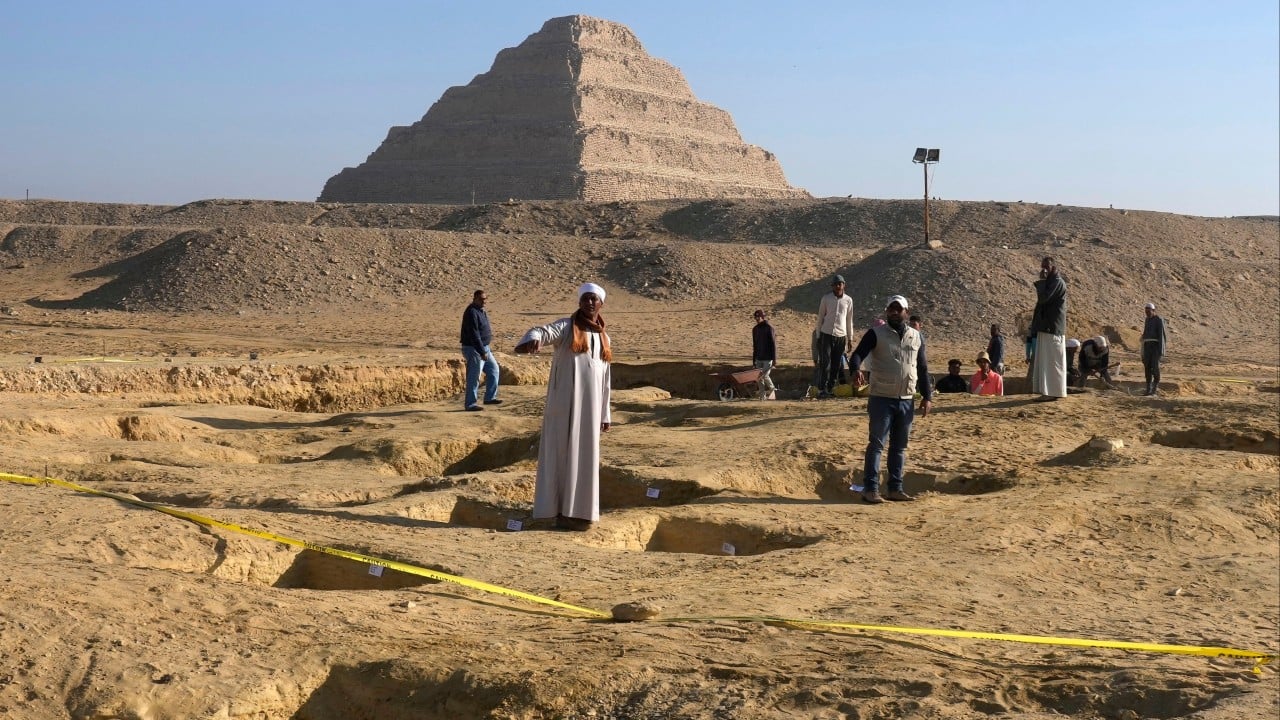
Egyptian antiquities officials on Sunday said a Pharaonic painting has disappeared from the famed Saqqara necropolis just outside Cairo, becoming the latest artefact to disappear in a country known for its rich history.
Mohamed Ismail, secretary general of the Supreme Council of Antiquities, said the limestone painting was in the tomb of Khentika in the Saqqara necropolis.
The mastaba tomb, which housed the painting, was found in the 1950s and has not opened since 2019, he said in a statement. It dates back to the sixth dynasty of the ancient Old Kingdom – a period spanning roughly from around 2700 BC to 2200 BC.
Mastaba tombs consist of an underground burial chamber with rooms above at ground level to store offerings.
Ismail’s statement did not provide further details and said prosecutors were investigating the circumstances of the painting’s disappearance.
Egyptian media reported, meanwhile, that the painting exhibited the ancient Egyptian calendar which divided the year into three seasons mirroring the Nile River’s ebb and flow. It included the flooding season, Akhet, the planting season, Proyat, and the harvest season, Shomu.
Cairo 24 news outlet reported that a British mission working in the tomb found that the painting was not there in May.


